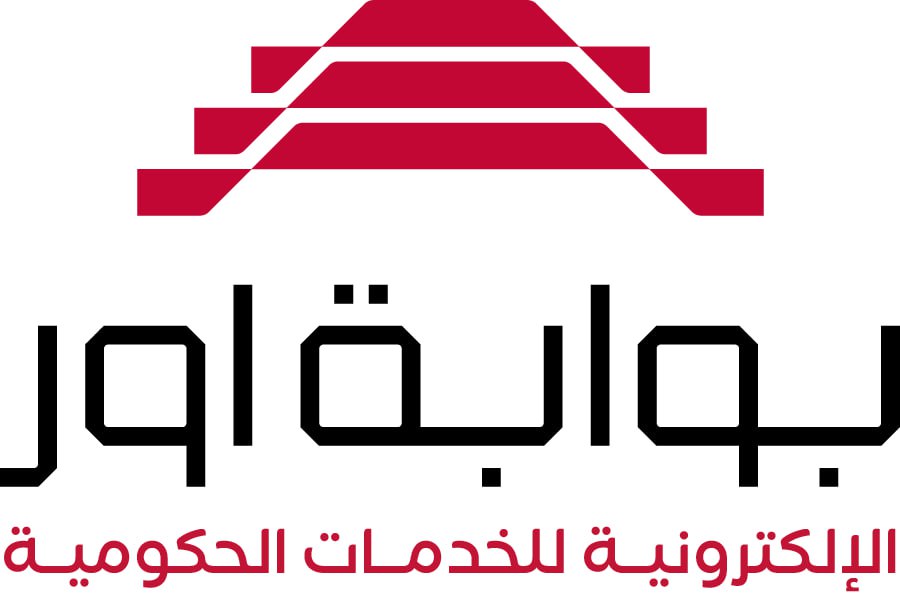Blog
Seasonal Behavior and Forecasting Trends of Tuberculosis Incidence in Holy Kerbala, Iraq
Abstract
Background: Pulmonary tuberculosis(PTB) remains major public health problem over the world. Cities witnessing religious event throughout of the year like Kerbala/Iraq require great efforts to minimize the incidence of deadly communicable diseases like TB. The aim of this study is to model the monthly incidence rates of PTB cases in Kerbala/Iraq. Methods: This is a retrospective study in which records of confirmed PTB patients whom they referred to the chest and respiratory illnesses center of Holy Kerbala governorate were obtained. Monthly registered new smear‐positive PTB cases from January 2010 to December 2016 were analyzed. Seasonal autoregressive integrated moving average (SARIMA), SARIMA‐exponential smoothing method (ETS), SARIMA‐neural network autoregressive, and SARIMA‐adaptive neuro‐fuzzy inference
system (SARIMA‐ANFIS) were used for forecasting monthly incidence rate of TB in Kerbala, Iraq. Mean absolute percentage error, root mean square error, and mean absolute square error were used to compare the models, and Akaike information criterion (AIC) and Bayesian information criterion (BIC) were used to selected best model. Results: The trend of PTB incidence showed a seasonal characteristic, with peaks in spring and winter. Predicted estimates using all models proposed to forecast the number of PTB cases from 2016 to 2018 showed that the PTB cases indicated marginal decrease trends and best forecasted in SARIMA‐ANFIS model (the lower AIC and BIC values, 712.69 and 731.05, respectively). Conclusion: Seasonal characteristic of PTB incidence was observed with peaks during spring and winter. Forecasting of PTB incidence between the period 2016 and 2018 showed marginal decrease trends, and the best forecasting model was SARIMA‐ANFIS model.
Keywords: Forecasting incidence, pulmonary tuberculosis, seasonality
Post Views: 265




























































